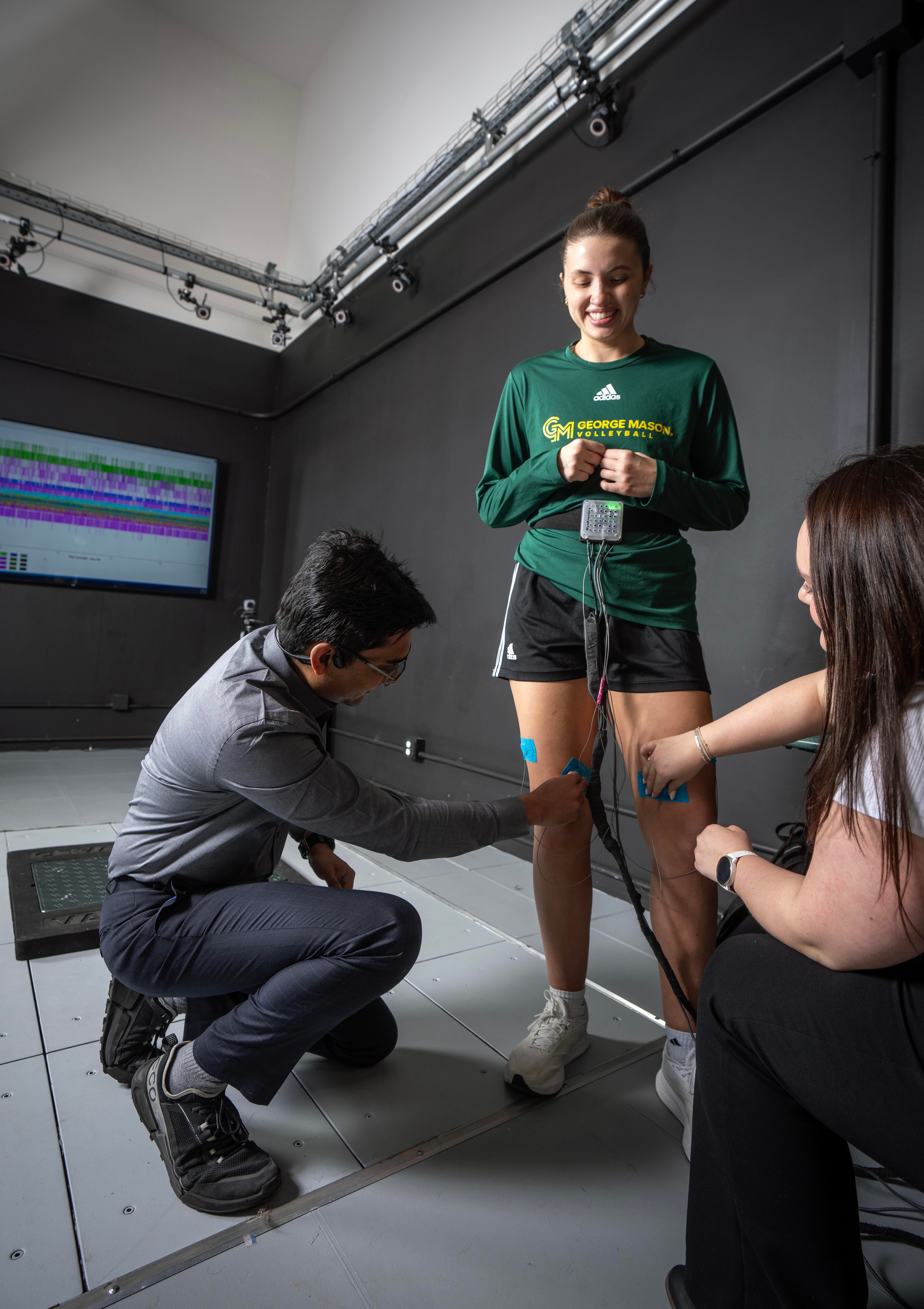SMART-US Wearable Ultrasound + AI Device for Muscle Force Prediction
Published on July 14, 2025
Revolutionizing Muscle Function Monitoring with SMART-US Technology George Mason University introduces SMART-US, a wearable ultrasound system powered by AI and machine learning, capable of predicting ground reaction force with lab-grade accuracy (R² = 0.80). Designed for military readiness, injury recovery, and field-based muscle function assessment, SMART-US eliminates the need for bulky force plates by providing real-time, multi-muscle monitoring in any environment. This innovative system uses distributed M-mode ultrasound sensors and a ridge regression AI model to analyze muscle dynamics during high-force activities like isometric squats. It’s optimized for field deployment, offering critical data for rehabilitation tracking, compensatory movement detection, and return-to-duty decisions. Funded by DoD’s MOMRP, MTEC, and supported by NIH and NSF, SMART-US aligns with the military’s mission to enhance medical readiness and tele-rehab capabilities. The technology is rugged, portable, and scalable—bridging a major capability gap in musculoskeletal injury assessment.
Project Highlight
Researchers at George Mason University have developed and validated a wearable distributed ultrasound system (SMART-US) that can accurately predict ground reaction force during isometric squat tasks using real-time imaging and machine learning. The system achieved predictive accuracy (R² = 0.80) comparable to clinical ultrasound benchmarks while offering portability, multi-muscle analysis, and compatibility with dynamic tasks.
Musculoskeletal injuries are a leading cause of lost duty days and readiness gaps in the military. Rapid, accurate assessment of muscle function is essential for early detection of compensatory movement patterns, optimized rehabilitation, and safe return-to-duty decisions. However, current gold-standard assessments rely on force plates and imaging systems that are bulky, lab-dependent, and unsuitable for use in operational or resource-limited settings.
The SMART-US system addresses this capability gap by integrating four miniaturized ultrasound sensors across key muscle groups of the thigh to capture real-time motion mode (M-mode) data during high-force activities. Using a ridge regression machine learning model, the system predicts total force output and detects neuromuscular dynamics without requiring large equipment or specialized operators. Importantly, it offers a wearable, rugged solution suitable for field and clinic use, with potential application in readiness assessments, injury tracking, and rehabilitation monitoring.
Validation showed that SMART-US predictions closely matched clinical imaging standards across all subjects tested, with significant performance advantages over single-site sensors. The platform’s distributed architecture allows for deeper insight into synergistic muscle engagement, which is critical to understanding compensatory mechanics and fatigue-related risk.
This work directly supports the Department of Defense’s goals for Medical Readiness by offering a novel, mobile health solution to optimize outcomes following musculoskeletal injury. Aligned with MTEC’s “Solutions to Accelerate Return-to-Readiness,” this prototype demonstrates potential for future battlefield and rehabilitation center integration, enabling faster, more personalized injury recovery protocols.
The project is supported by the Military Operational Medicine Research Program (MOMRP) and MTEC, with additional support from the NIH and NSF. Future efforts will focus on scaling sensor deployment, real-time algorithm optimization, and clinical studies to inform return-to-duty criteria in injured Warfighters.

Featured Member

George Mason University
The Institute for Biohealth Innovation (IBI) at George Mason University unites over 300 faculty and thousands of students across 34 departments to advance human health and well-being through innovative research. The IBI focuses on major health challenges, including infectious diseases, cancer, brain and behavior, and cardiovascular health, collaborating with national and international partners to implement solutions that enhance health outcomes.
Visit Profile